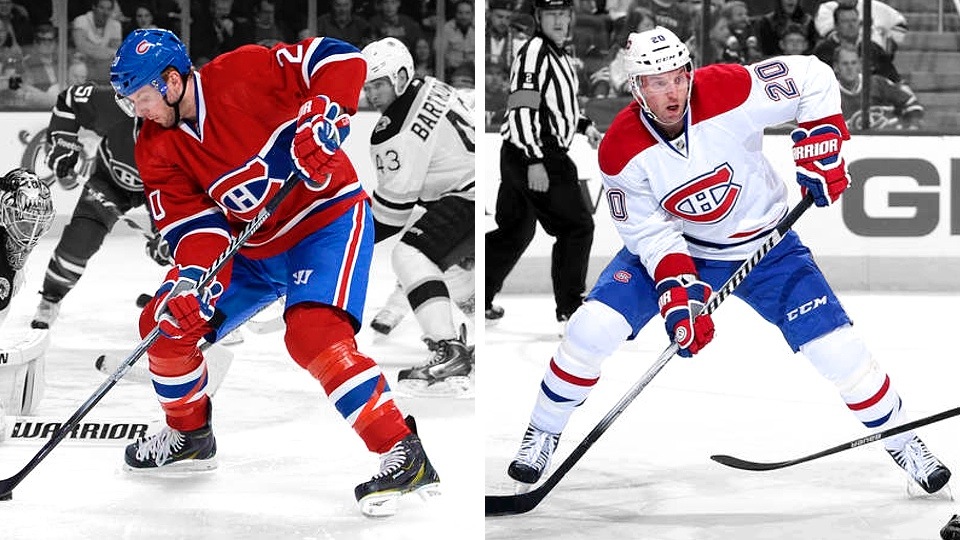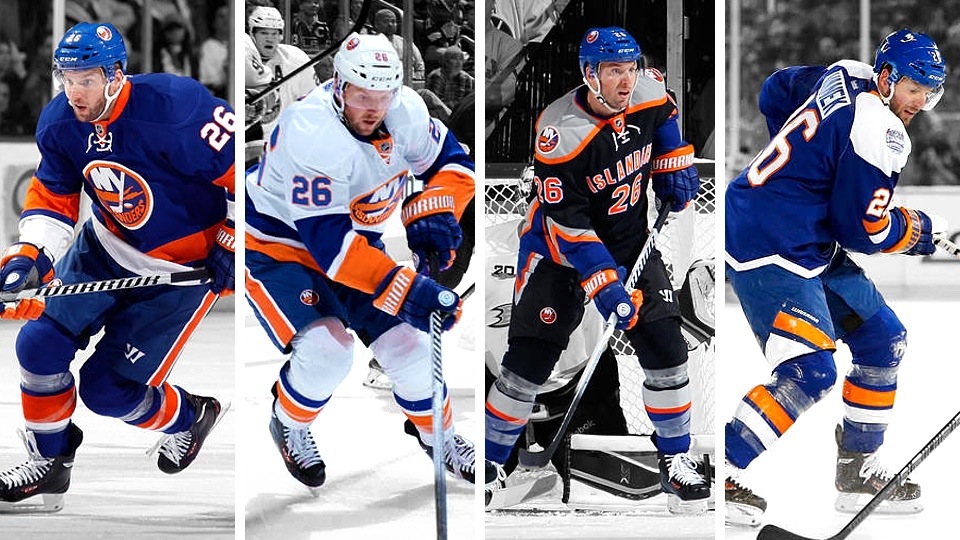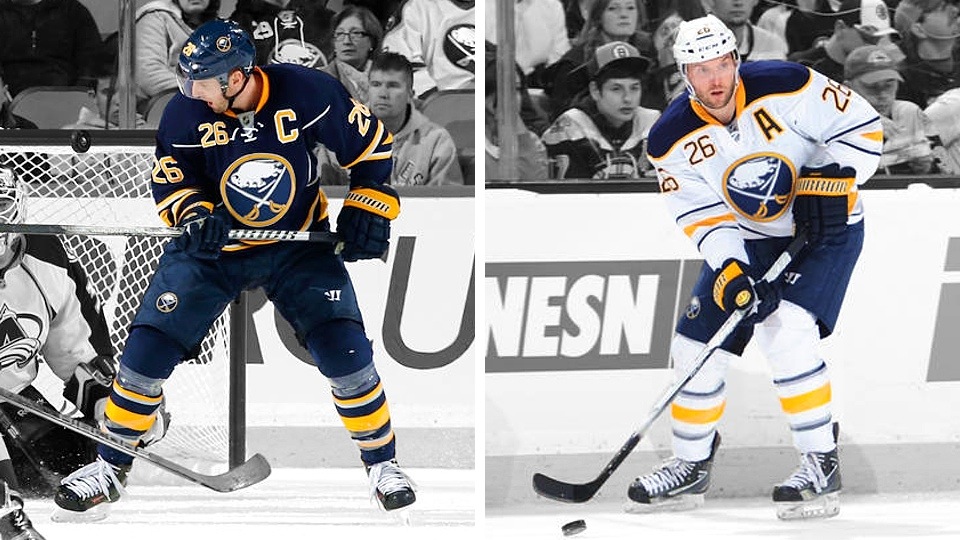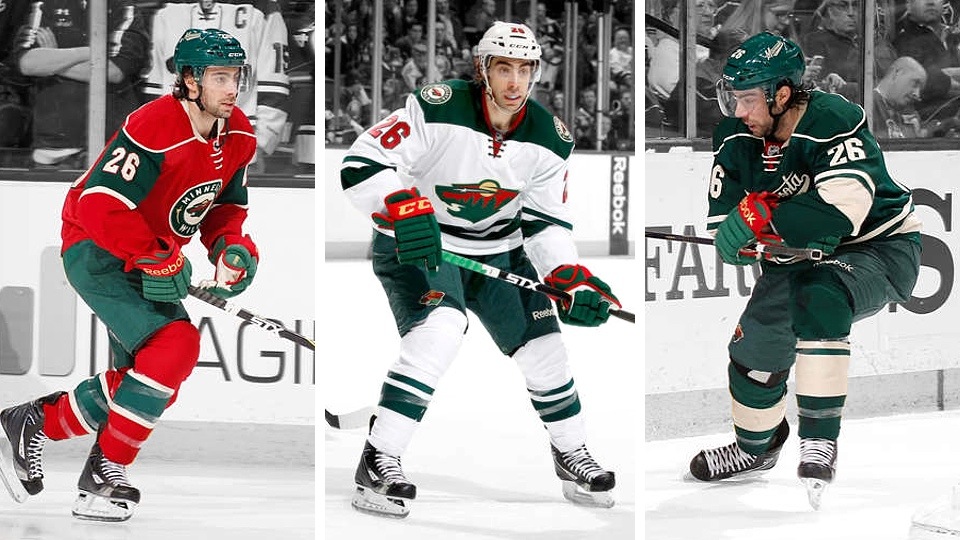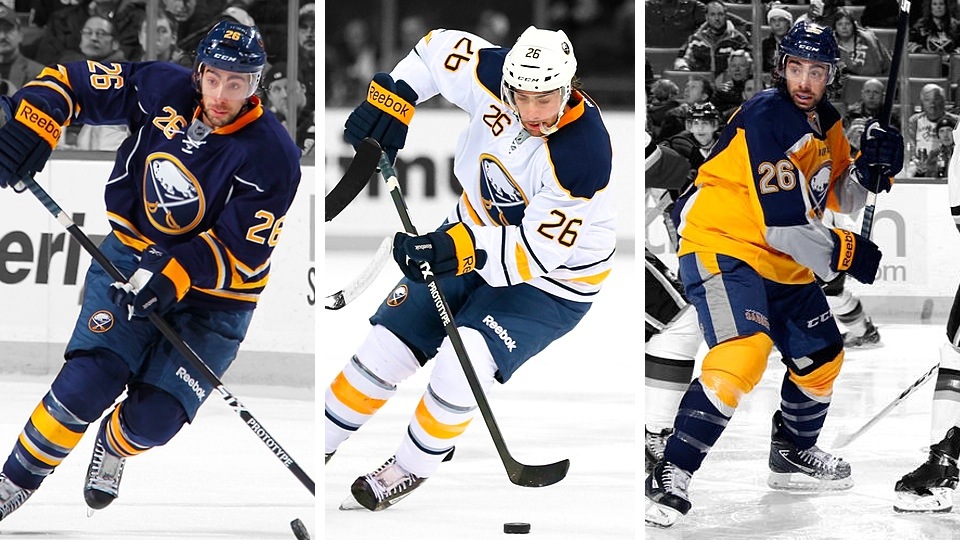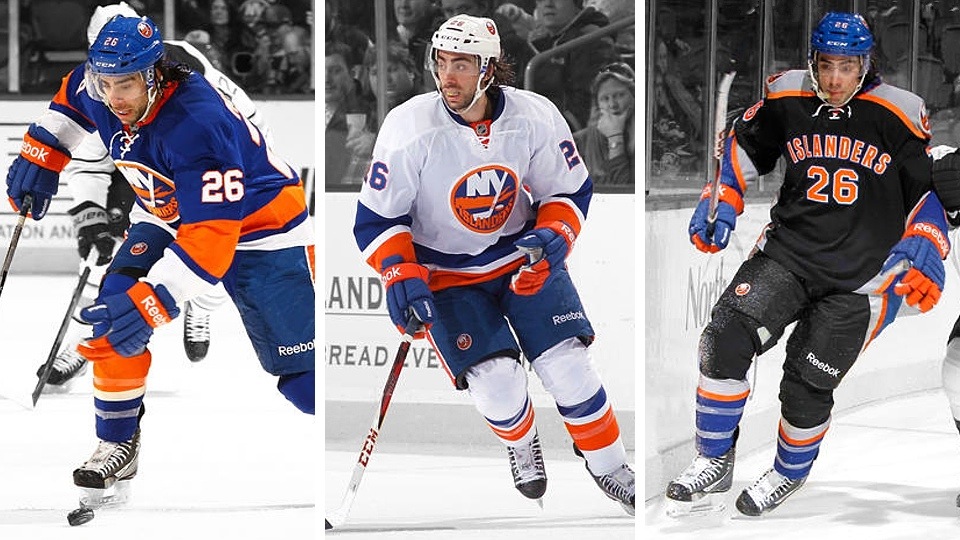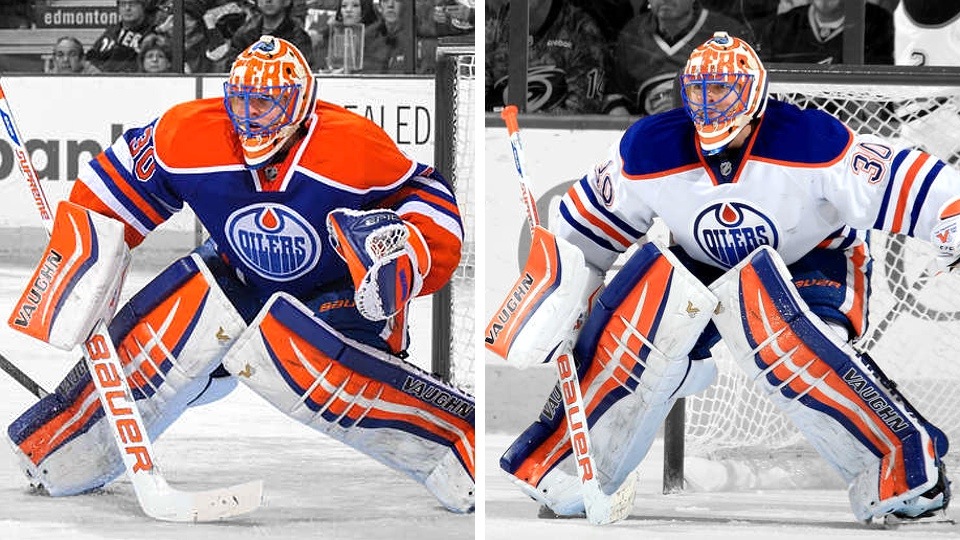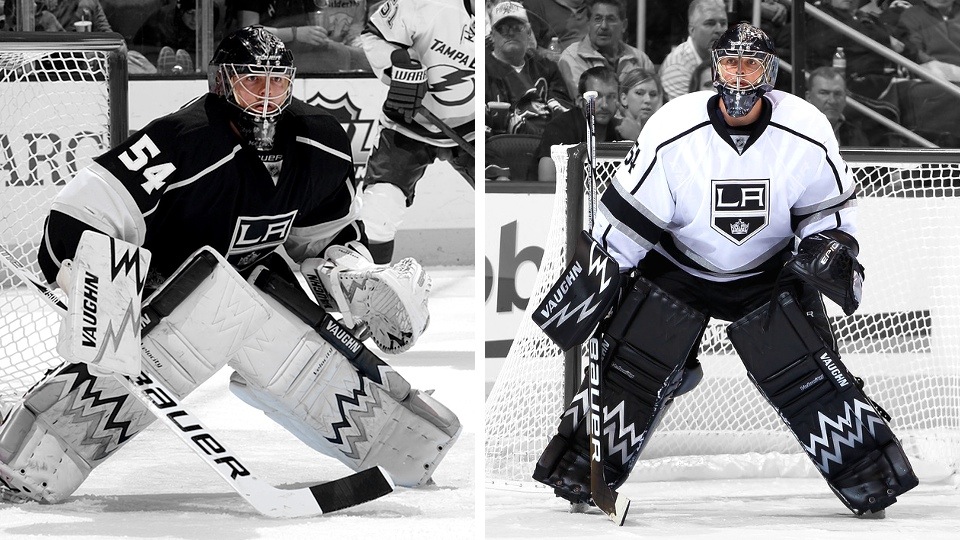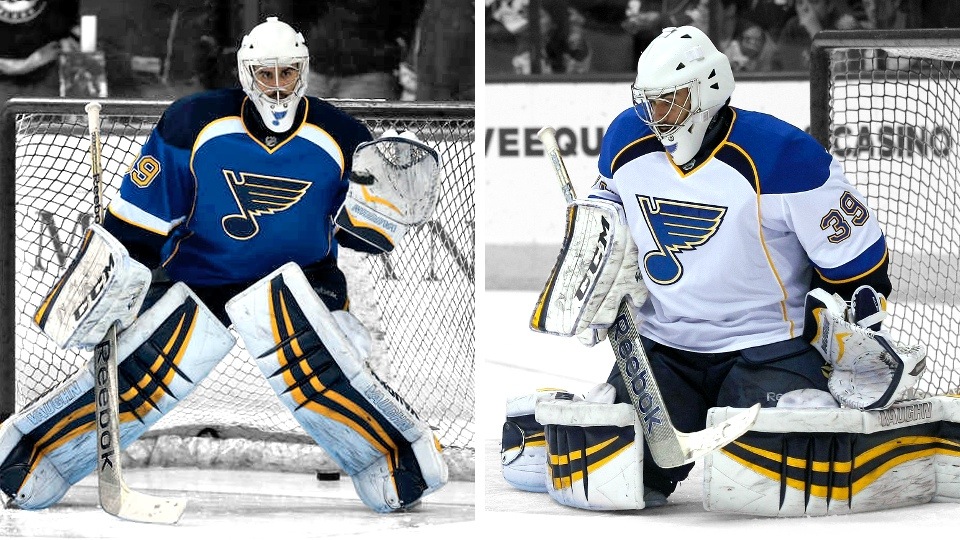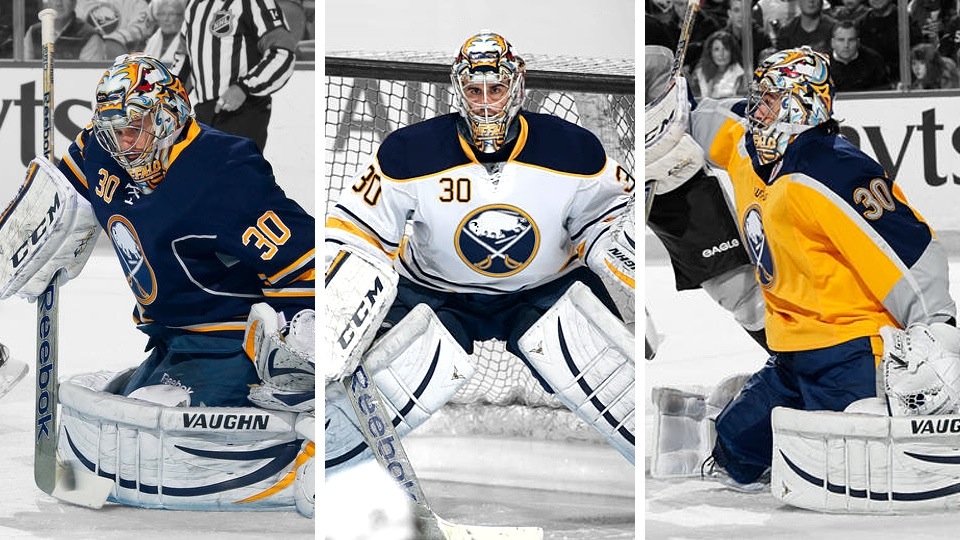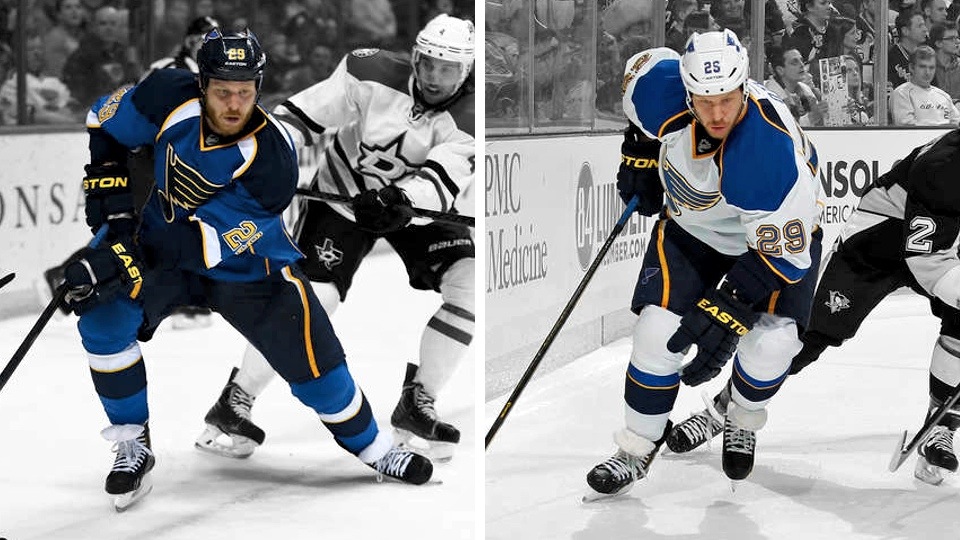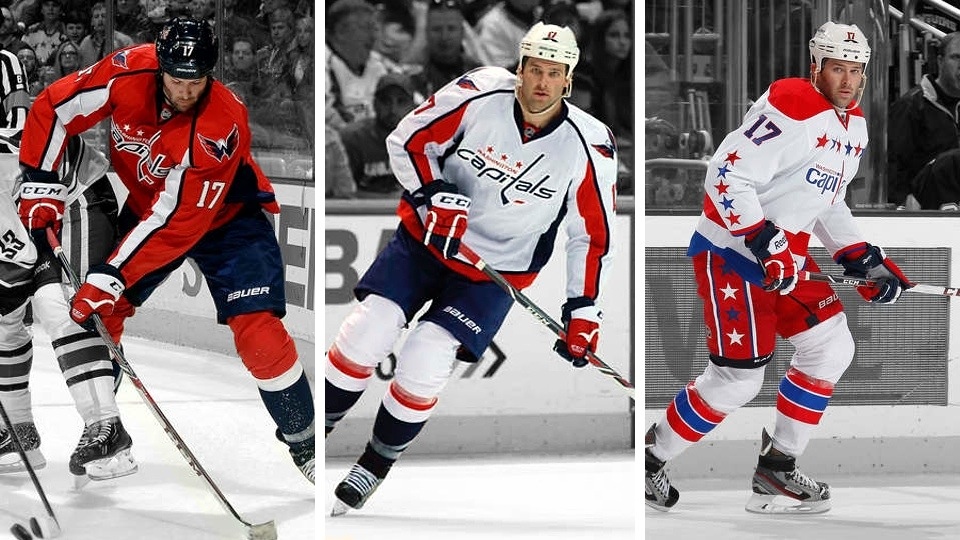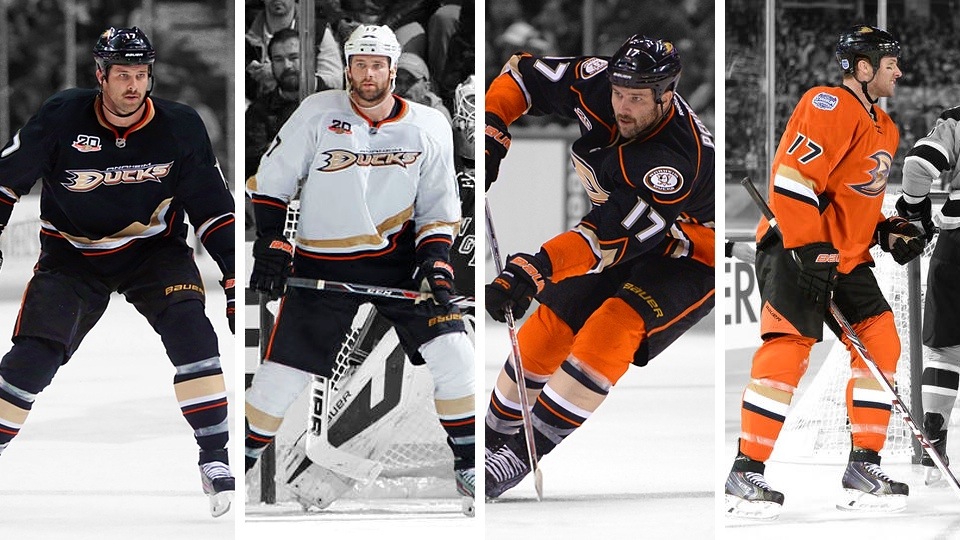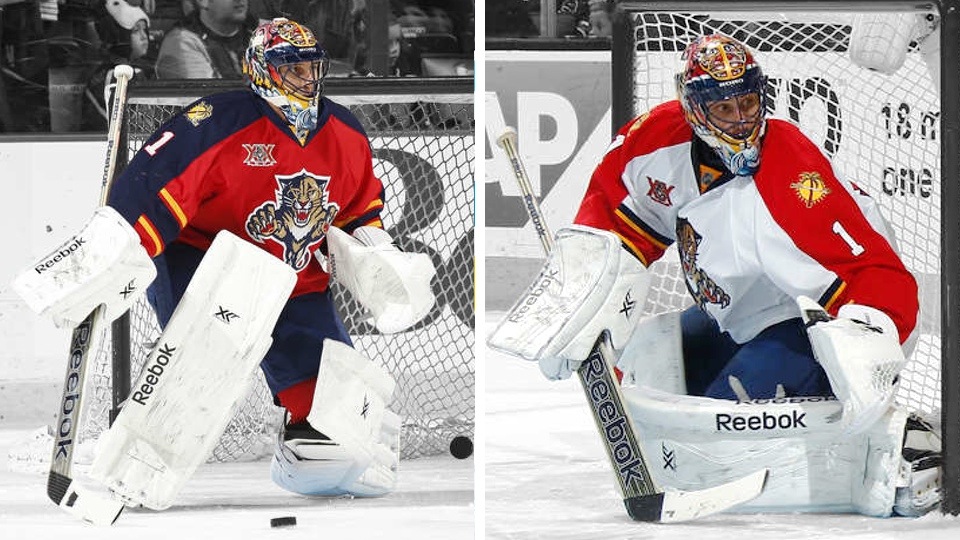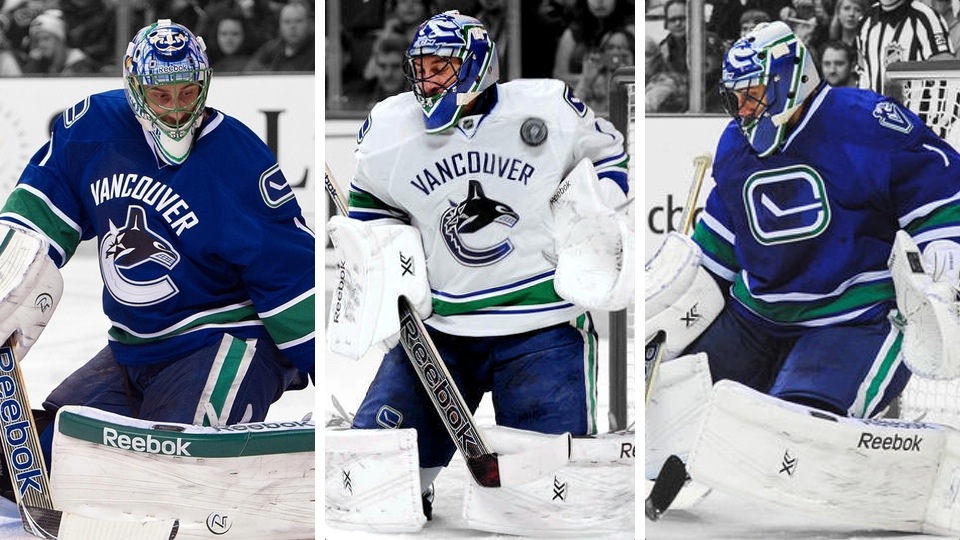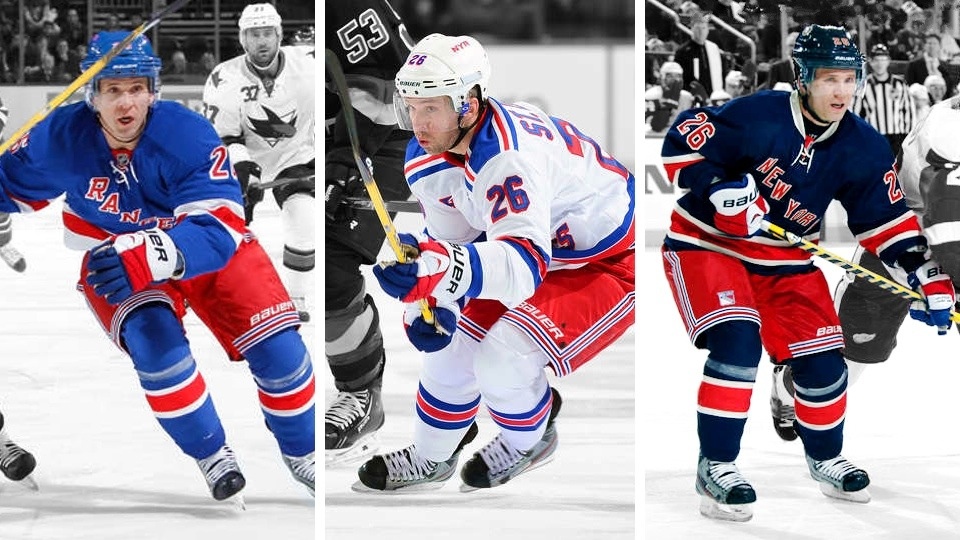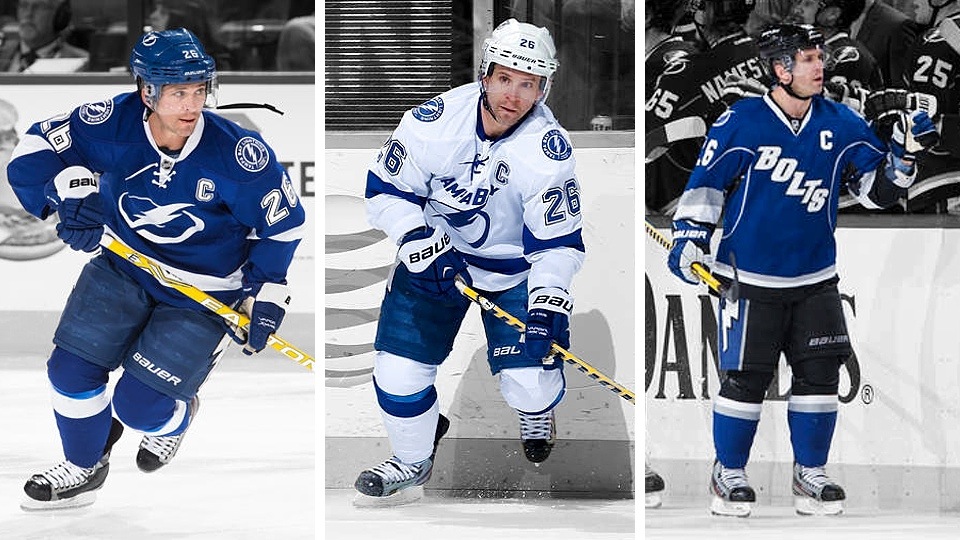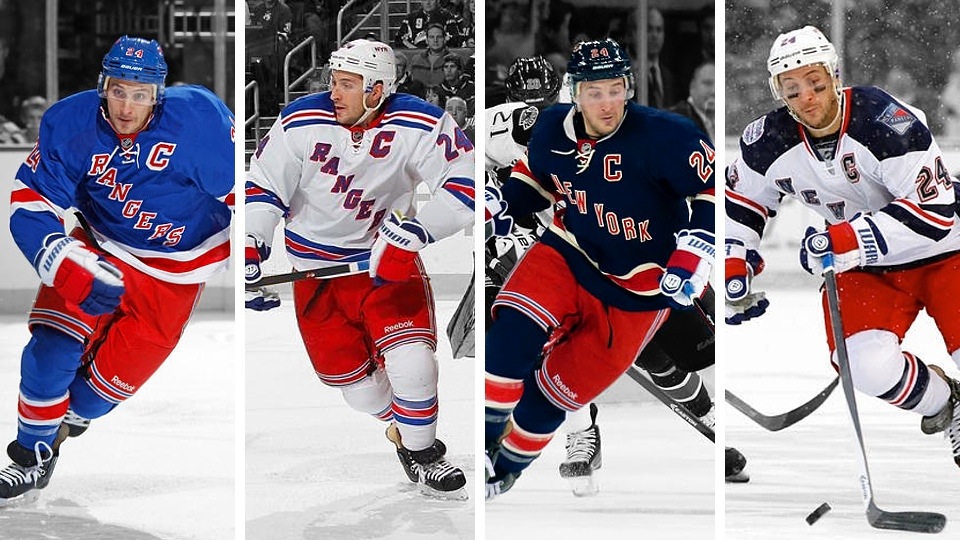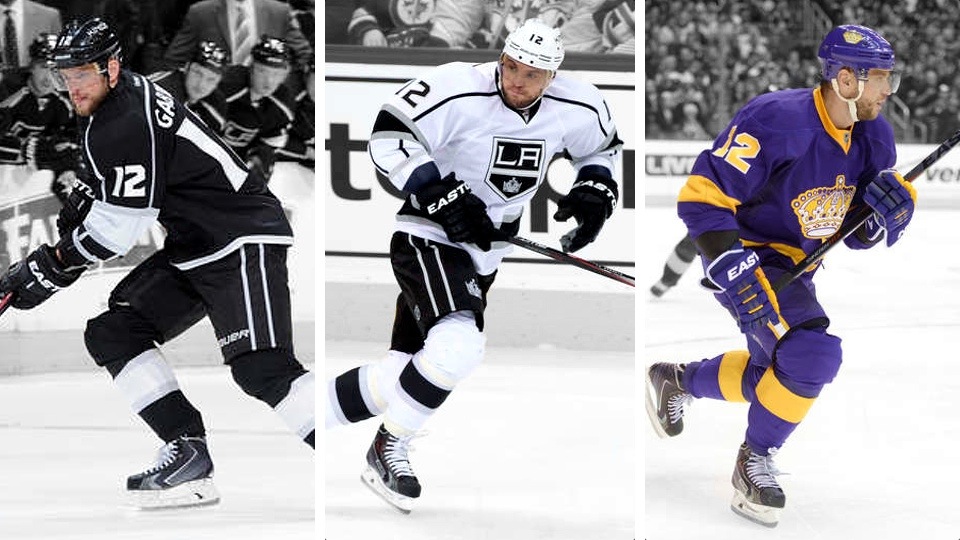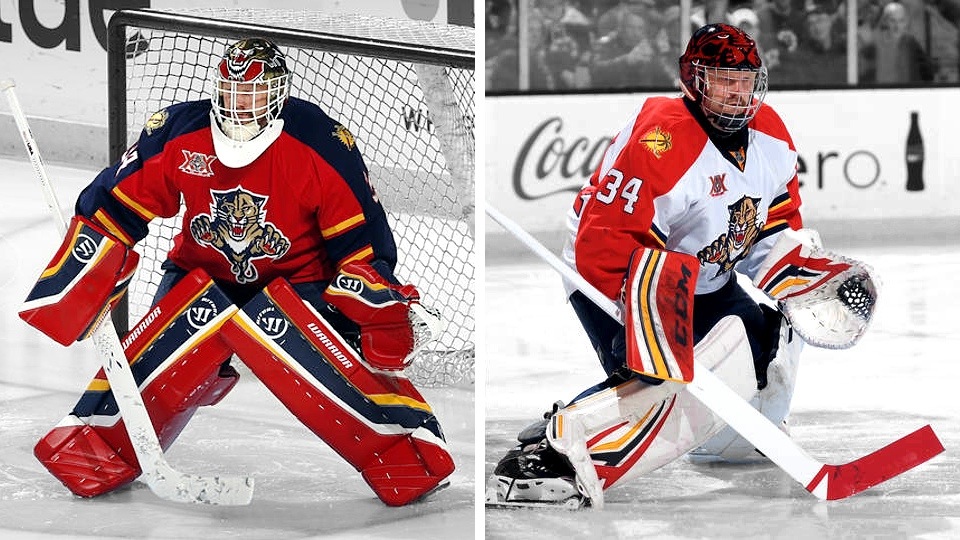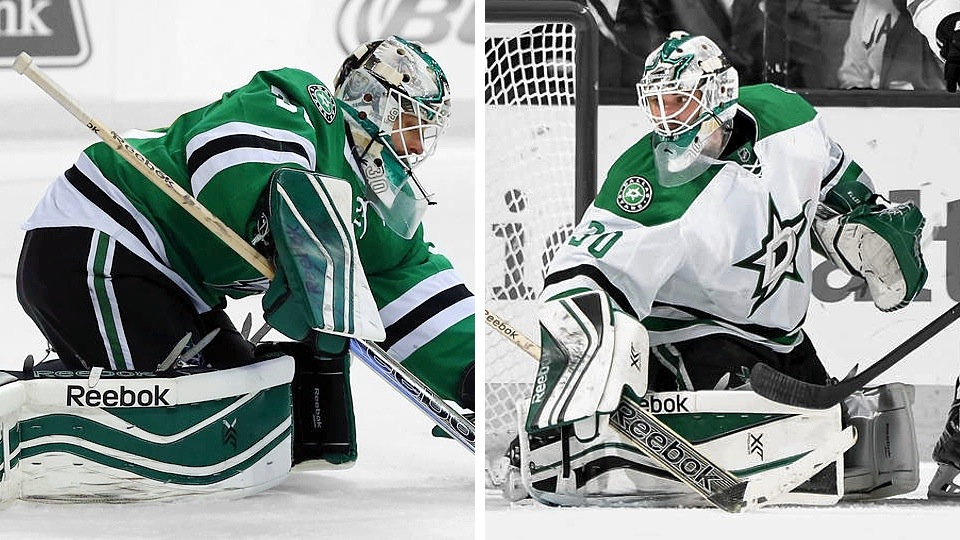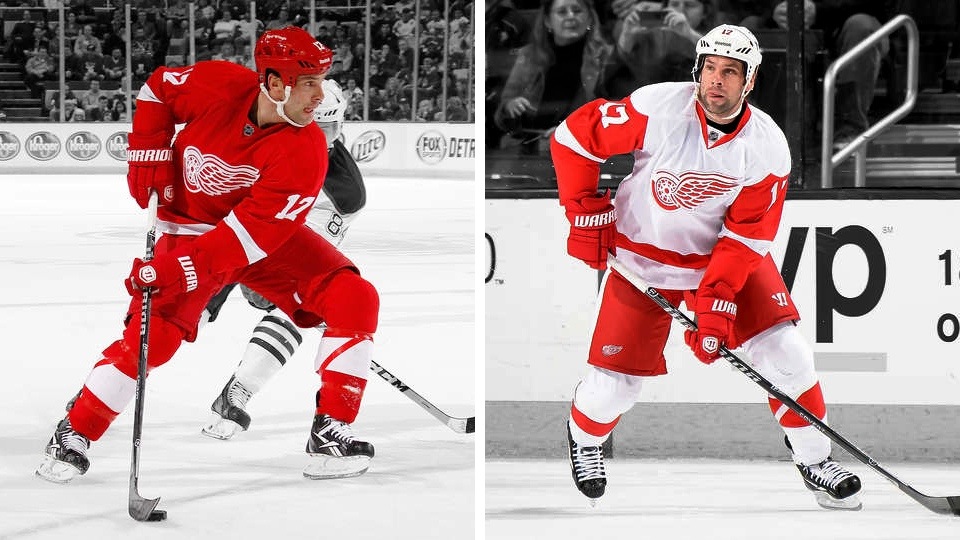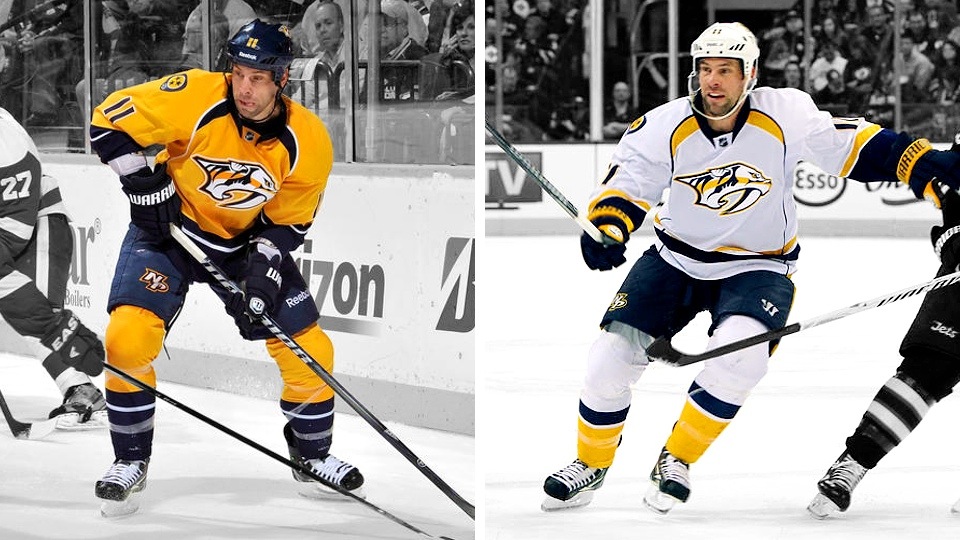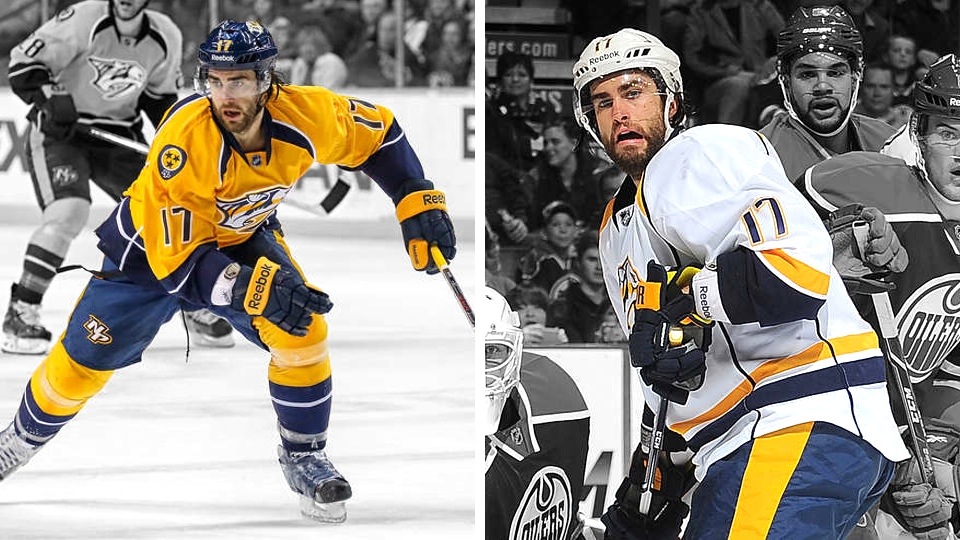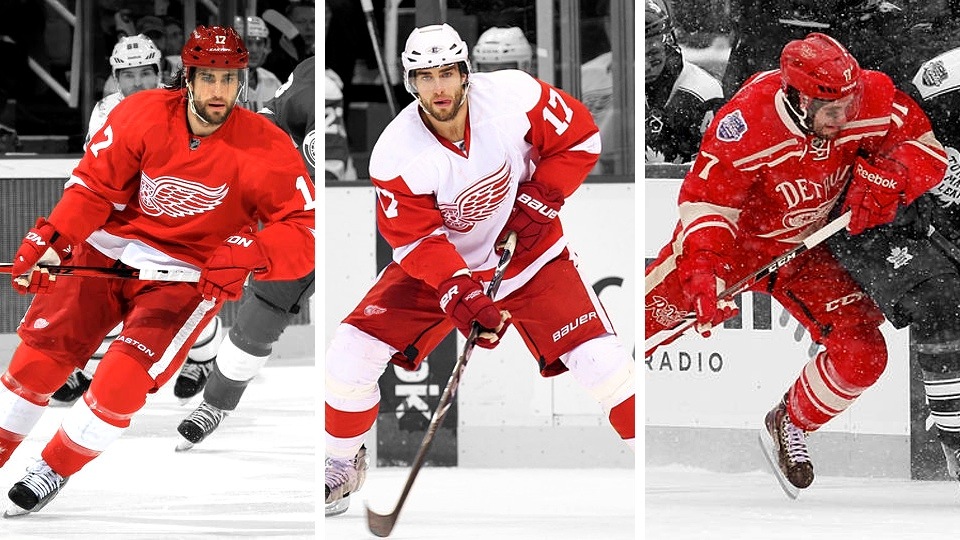NHL Sweater Switch 2014: Trade Deadline Edition
/Every now and then, the NHL Trade Deadline surprises us. Eleventh hour deals send away players we never expected to see in another jersey. Full disclosure: As a Lightning fan, this hit close to home as Martin St. Louis was granted his request to become a New York Ranger.
But the St. Louis-Callahan trade wasn't the only one that put big names in new uniforms. As the Stanley Cup Playoffs near, Icethetics' NHL Sweater Switch feature returns to examine some of the changes we saw during the 2013-14 season.
As you scroll through this article, you'll find collections of photos showing key players who were traded this season. Be sure to click through to see more photos.
Thomas Vanek began the season as one of the co-captains of the Buffalo Sabres, wearing the "C" for home games. But three weeks into the season, he became the face of the first blockbuster trade of the season.
Vanek was dealt to the New York Islanders on Oct. 27 for Matt Moulson and two draft picks. On the ice, it was No. 26 for No. 26 as the players essentially swapped jerseys. Then on deadline day, Vanek was sent to the Montreal Canadiens for Sebastian Collberg.
Josh Gorges wears No. 26 in Montreal, so Vanek switched to No. 20.
Matt Moulson also landed with a third team at the deadline (March 5). After leaving the Islanders for Buffalo on Oct. 27, the deadline saw him sent to the Minnesota Wild with Cody McCormick in exchange for Torrey Mitchell and a couple of draft picks.
Moulson kept his No. 26 jersey at each stop. He holds the record for most jerseys worn by a single player this season with 9! He wore three on Long Island (he was gone well before the Stadium Series), three in Buffalo and three in Minnesota.
Ben Scrivens joined the Los Angeles Kings last summer, but most fans probably know him best as a Toronto Maple Leaf. He barely got half a season backing up Jonathan Quick before being traded to the Edmonton Oilers for a third-round pick on Jan. 15.
After wearing No. 54 during his L.A. stint., Scrivens switched back to the more traditional No. 30 in Edmonton — the same number he wore in Toronto.
Michael Del Zotto was a fifth-year New York Ranger when he got word he was becoming a Nashville Predator. He was dealt on Jan. 22 for Kevin Klein in the midst of a Predators road swing.
Due to the long-distance trip, the Preds had limited jersey availability when Del Zotto joined the club. He was saddled with No. 18 for his first few games, but upon arriving back in Nashville, adopted a more permanent No. 5. Del Zotto wore No. 4 in New York, but that number currently belongs to Ryan Ellis.
Ryan Miller was one of two men at the center of the NHL's second blockbuster trade of 2013-14. He was sent with Steve Ott to the St. Louis Blues on Feb. 28. In return, the Sabres got Jaroslav Halak, Chris Stewart, William Carrier and two picks.
Three weeks after the deal, Miller got his new Blues mask from Bishop Designs. Prior to that, he wore a plain white mask with the Blue Note on the chin. As for his number, Miller went back to No. 39, which he wore in college (Michigan State) and wears during international play.
No. 30 is available in St. Louis, but it seems like Miller didn't want it. I'm not sure what the official story is, but I understand Miller wore No. 30 in Buffalo out of respect for Dominik Hasek's legacy — though the Sabres have not retired his No. 39 at this point.
Steve Ott joined Miller in the Blues deal. He returned to his No. 29 sweater which he wore previously as a member of the Dallas Stars. He was traded to the Sabres in 2012 when Jason Pominville wore the number.
Ott was No. 9 while in Buffalo, where he'll be remembered by jersey enthusiasts as the man responsible for revealing the Sabres' yellow third jersey last September.
Dustin Penner saw his second stint as an Anaheim Duck end when he was traded to the Washington Capitals the day before the trade deadline (March 4) for a draft pick. He kept his No. 17 sweater in D.C.
Roberto Luongo being traded was one of those deals everybody saw coming. The writing was on the wall after some rough time as a Vancouver Canuck recently. Luongo was acquired by the Florida Panthers with Steven Anthony on March 4 in exchange for Jacob Markstrom and Shawn Matthias.
While some goalies had a rough transition to their new teams, Luongo already had a custom mask in hand when he joined the Panthers — having played for team from 2000 to 2006. He simply busted out his old bucket. He, of course, kept his No. 1 jersey.
Martin St. Louis, in the first and most surprising deal of deadline day, was sent to the Big Apple for Rangers captain Ryan Callahan and some draft picks. The Tampa Bay Lightning captain's request to join the Rangers has been well-documented.
Naturally, St. Louis did keep his No. 26 jersey in New York — one that despite the hard feelings, will still likely be raised to the rafters in Tampa someday. He was the last remaining member of the 2004 Stanley Cup championship team — one that would be honored at a Bolts home game just two weeks later.
Ryan Callahan became the fourth captain traded this season as he joined the Lightning in exchange for St. Louis — the rare captain-for-captain trade. Callahan kept No. 24, which had been worn briefly earlier in the season by call-up Dmitry Korobov.
Ales Hemsky was another player traded after a long tenure with a team. He had been an Oiler for 12 years prior to the trade to the Ottawa Senators. He kept his distinct No. 83 sweater in the move. (He has worn the Sens' black heritage jersey, though disappointingly, I've been unable to track down a photo.)
Marian Gaborik used to be a big deal. Now he just seems to bounce from team to team. The Columbus Blue Jackets traded him at the deadline to the Los Angeles Kings for Matt Frattin and a couple of draft picks.
Gaborik's No. 10 jersey is currently in use by Mike Richards so he switched to No. 12.
Tim Thomas was traded by the Florida Panthers in a straight goalie-for-goalie trade with the Dallas Stars. The Cats picked up Dan Ellis in return. Thomas wore John Vanbiesbrouck's No. 34 during his south Florida stint. In Dallas, he returned to his more traditional No. 30.
This trade will be remembered by history if for no other reason than the absurd color mismatch it created. Thomas had just gotten new Panthers equipment that he had to wear with his green jersey for a time in Dallas. He has since gotten new pads, at least.
Dan Ellis left the Stars for Thomas and had a similar color problem with his gear — though it was decidedly less noticeable than Thomas' red pads. Ellis joined the Panthers returning to the No. 39 he first wore in Nashville. He previously wore No. 33 during a stint with the Lightning and No. 30 while in Dallas. Wonder which he likes best.
David Legwand was the last remaining original member* of the Nashville Predators before being traded to the Detroit Red Wings at the deadline for Patrick Eaves, Calle Jarnkrok and a draft pick. (*—Technically, he dressed for one game during the 1998-99 season, so it counts!)
Legwand had to give up No. 11 — which seems to be popular in Detroit. Dan Cleary gave it up for Daniel Alfredsson when he joined the team from Ottawa this season. Legwand, instead, just went with Eaves' old No. 17 jersey.
Patrick Eaves spent five years as a Red Wing before heading to Nashville in the Legwand deadline deal. He kept No. 17 as a Predator.
Obviously I couldn't get to every player who was traded this season — nor would such an article be that interesting. But I hope I hit most of the big names. If there's anyone else you'd like me to add, drop a line in the comments.
What do you think of seeing all these players with new sweaters? Weird, right?


